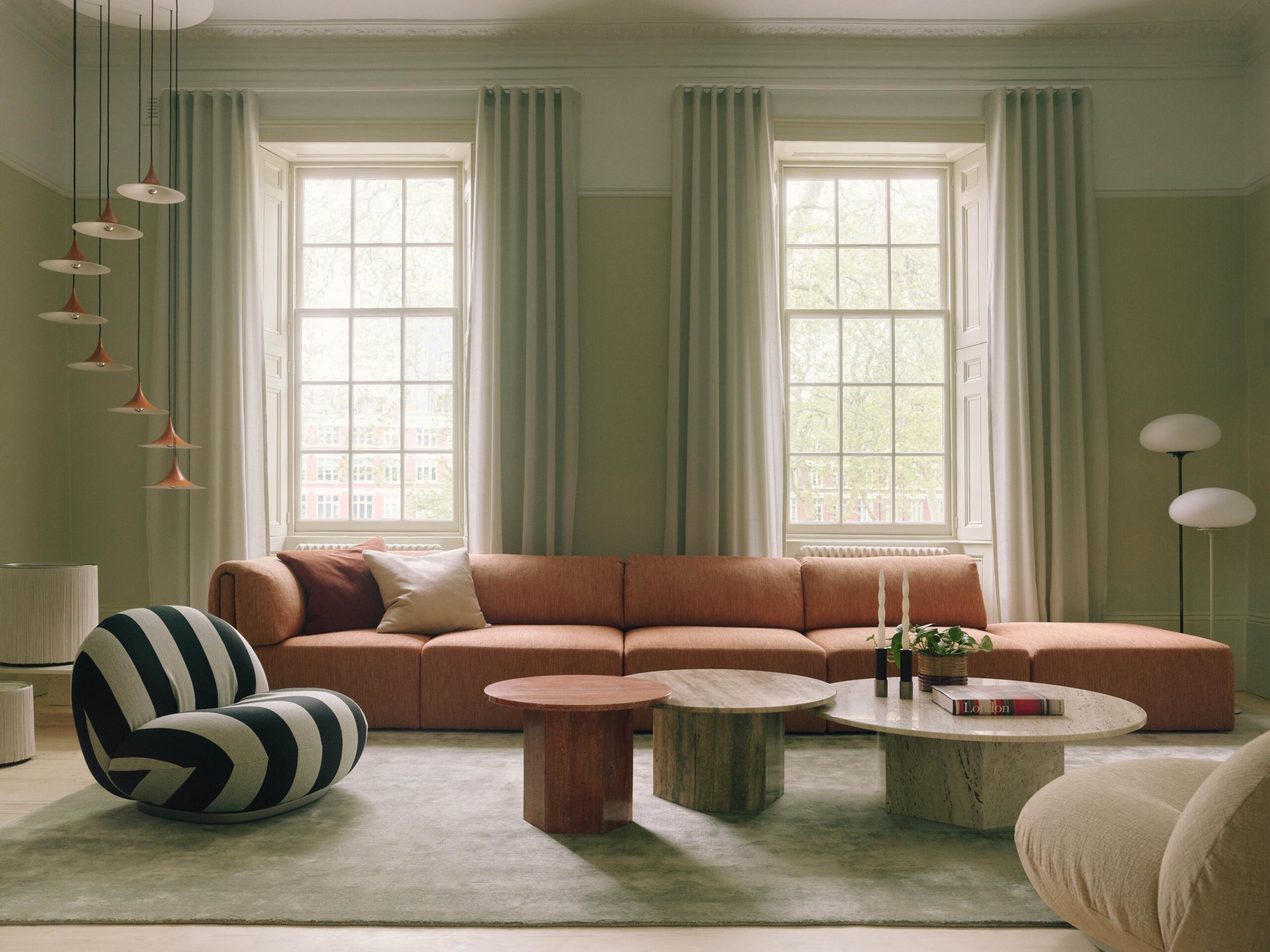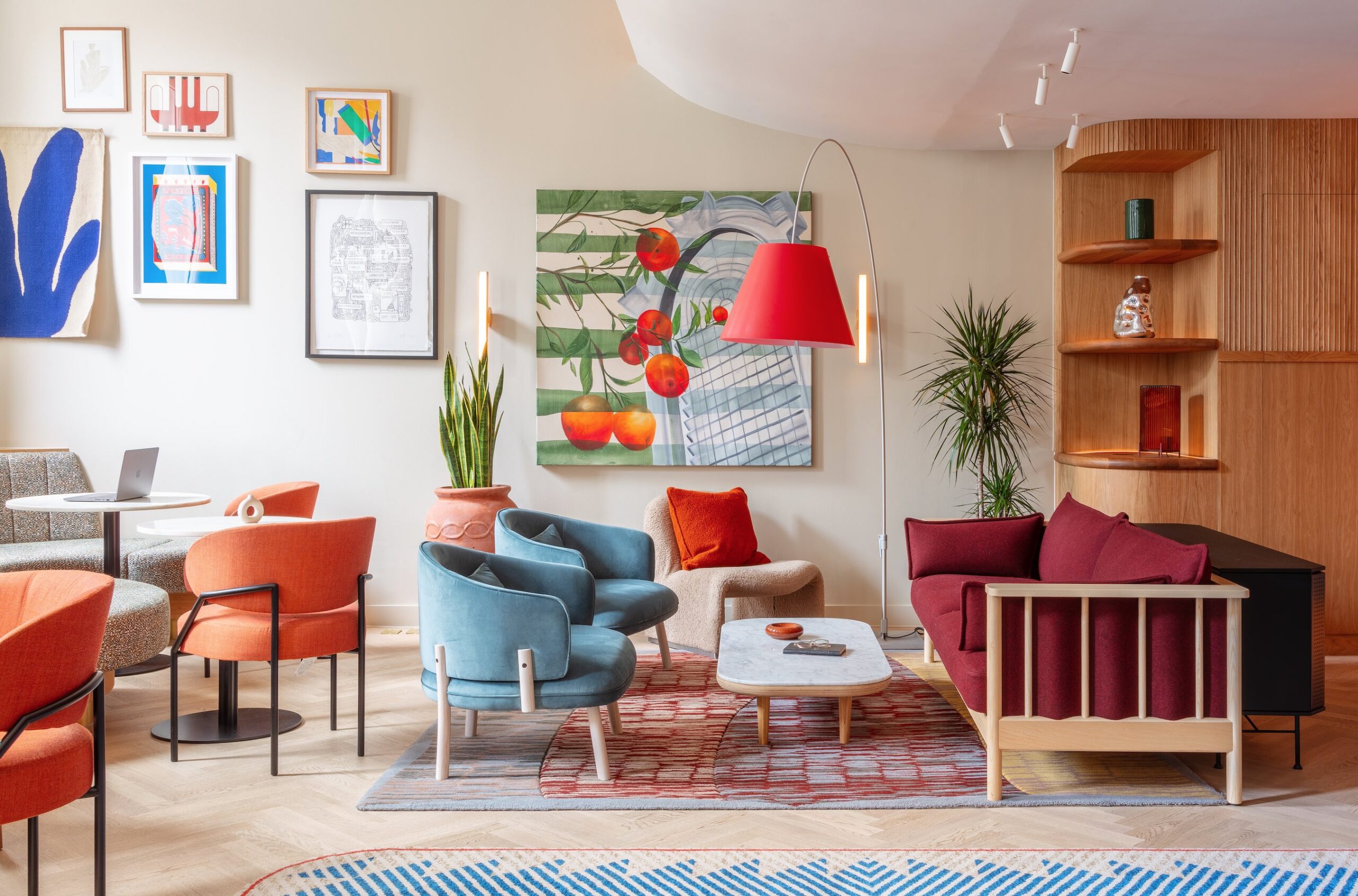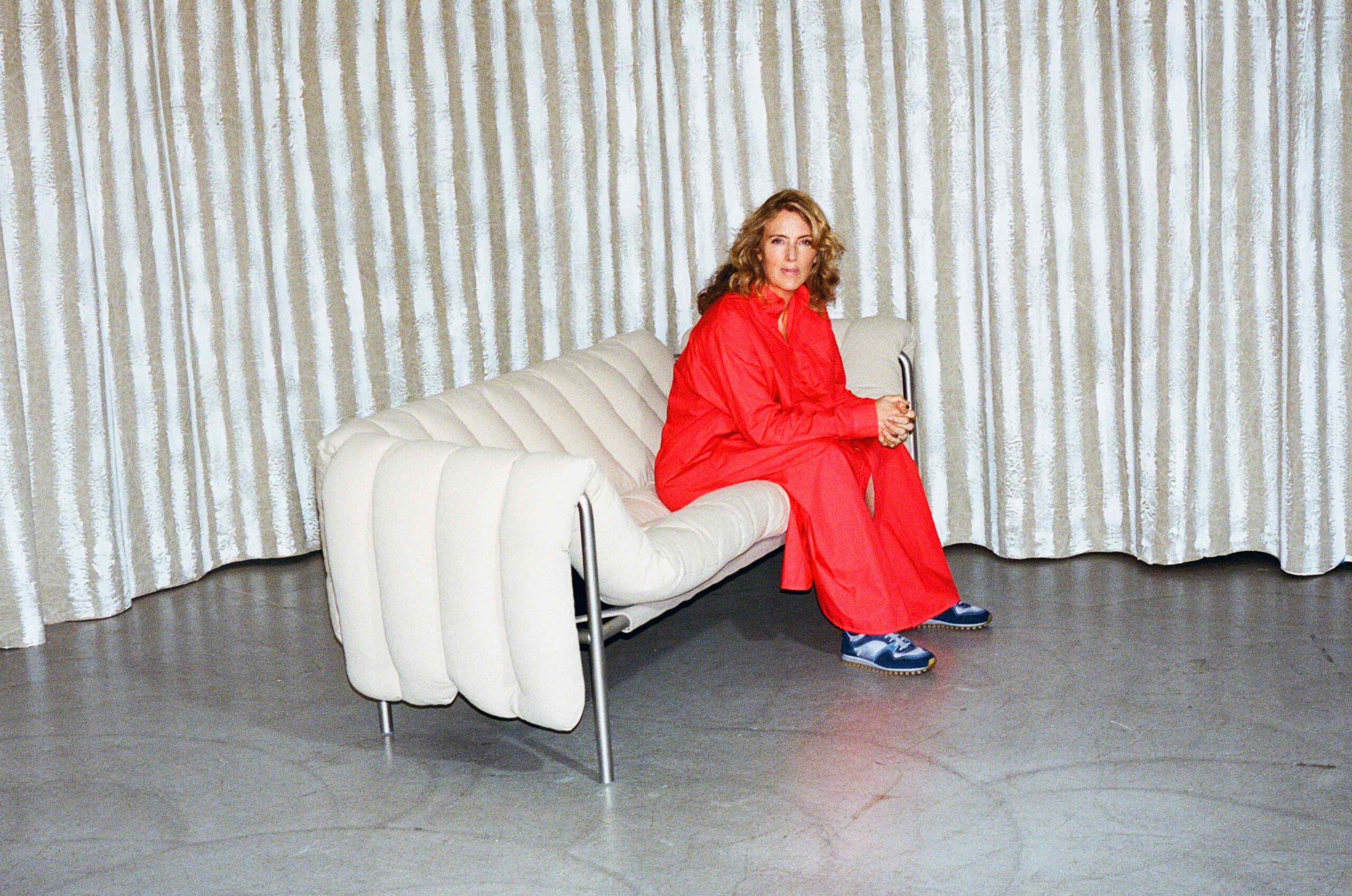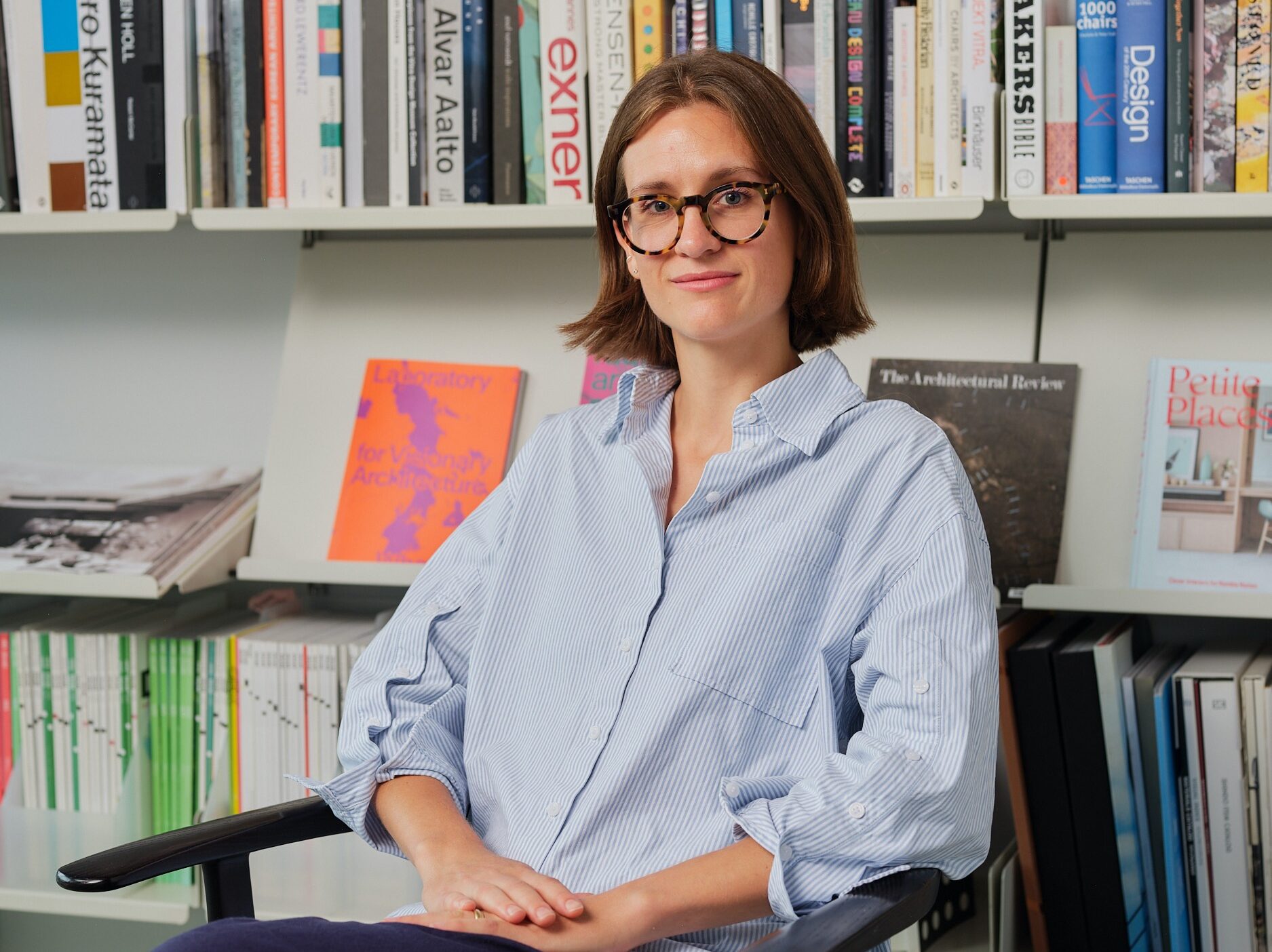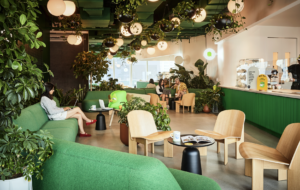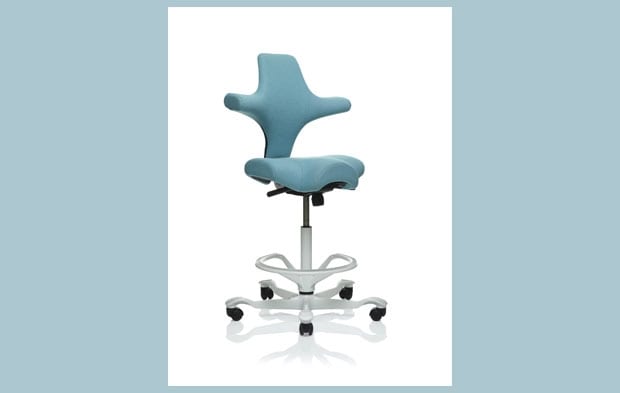 |||
|||

I’ve been sitting on Håg’s Capisco for a little over three days now and something rather unexpected has happened. I’m beginning to like it. The chair, of course, has been on the market for some time – it was launched in 1986 by its manufacturer – and is considered by many to be a classic.
When it sent me over all the blurb, parent company Flokk (which also has RH, BMA, RBM, Offecct and Giroflex as part of its umbrella of brands) was extremely keen to emphasise how much the piece is admired by architects, quoting the likes of Rogers Stirk Harbour, Make’s founder Ken Shuttleworth and Jestico & Whiles.
That said, it has always retained a Marmite quality. It takes a little while to endear itself. The saddle-shaped seat and a back that resembles an inverted anvil, for example, just look… well, a bit odd, and neither is it immediately comfortable. It asks you to do things you simply aren’t used to from an office – or virtually any other – chair. As its designer Peter Opsvik has explained: “The chairs we ‘wear’ neither should be as flexible as our clothes, nor as inflexible as our buildings. The chair could work as an intermediary between the dynamic body and the static architectural surroundings.”
Ever since I saw the Norwegian designer open his retrospective at the London Design Museum in 2000 by exclaiming that we should do less sitting and more playing, before picking up a handily placed saxophone and blowing out a tune, I’ve had a bit of time for Opsvik. It seems that he possesses a quirky and genuinely original mind that has often eschewed Scandinavia’s fascination with a polite modernism for something rather more visually florid and ergonomically thoughtful.
In 1972 he designed the brilliant Tripp Trapp high chair for Stokke, which brought children up to the height of the table but, importantly, gave them a place to rest their feet rather than simply dangling them in mid-air. Seven years later he collaborated with Hans Christian Mengshoel on the Balans Variable sitting tool, which gave users a knee rest, bringing them forward in the seat and helping to straighten their backs. Barber and Osgerby pulled off a similar trick (rather more subtly, admittedly) with the Tip Ton chair for Vitra.
The Capisco is extremely adjustable. There’s a lever to change the height from sitting at a low desk to a quasi-standing posture, another to alter the seat position, while a third fine-tunes the tension. The back moves up and down, while the five-star base doubles as a foot rest. The point of all this is to encourage you to move about – adopting a variety of postures to avoid putting strain on the body, including turning the chair the “wrong” way around and leaning forward over the backrest.
The truth is this can all take a little while to get the hang of. You have to think a little differently and realise the chair is attempting to encourage a certain kind of behaviour (I imagine Opsvik is a fan of nudge theory). And I have to confess that for a couple of days I rebelled – not helped initially by using a version a little too high for my desk on a 265mm gas stem, although it should be made clear a 200mm stem version is available.
However, slowly I began to get used to the aesthetic and found myself moving around. While I wouldn’t say I loved it, I was beginning to understand the benefits and why the piece has a loyal constituency. Prices range from £723–£869 and it comes in a vast choice of finishes and materials – or customers can specify their own. Would I trade it in for the Aeron in my workplace? Probably not. I’m a big fan of the Supporto currently manufactured by Zoeftig and Knoll’s Generation too. But over 30 years after its release, it remains an absolutely fascinating piece of work.
The Norwegian designer’s unusual-looking office seating is considered a classic by many, but can it persuade our reviewer to change his position?

